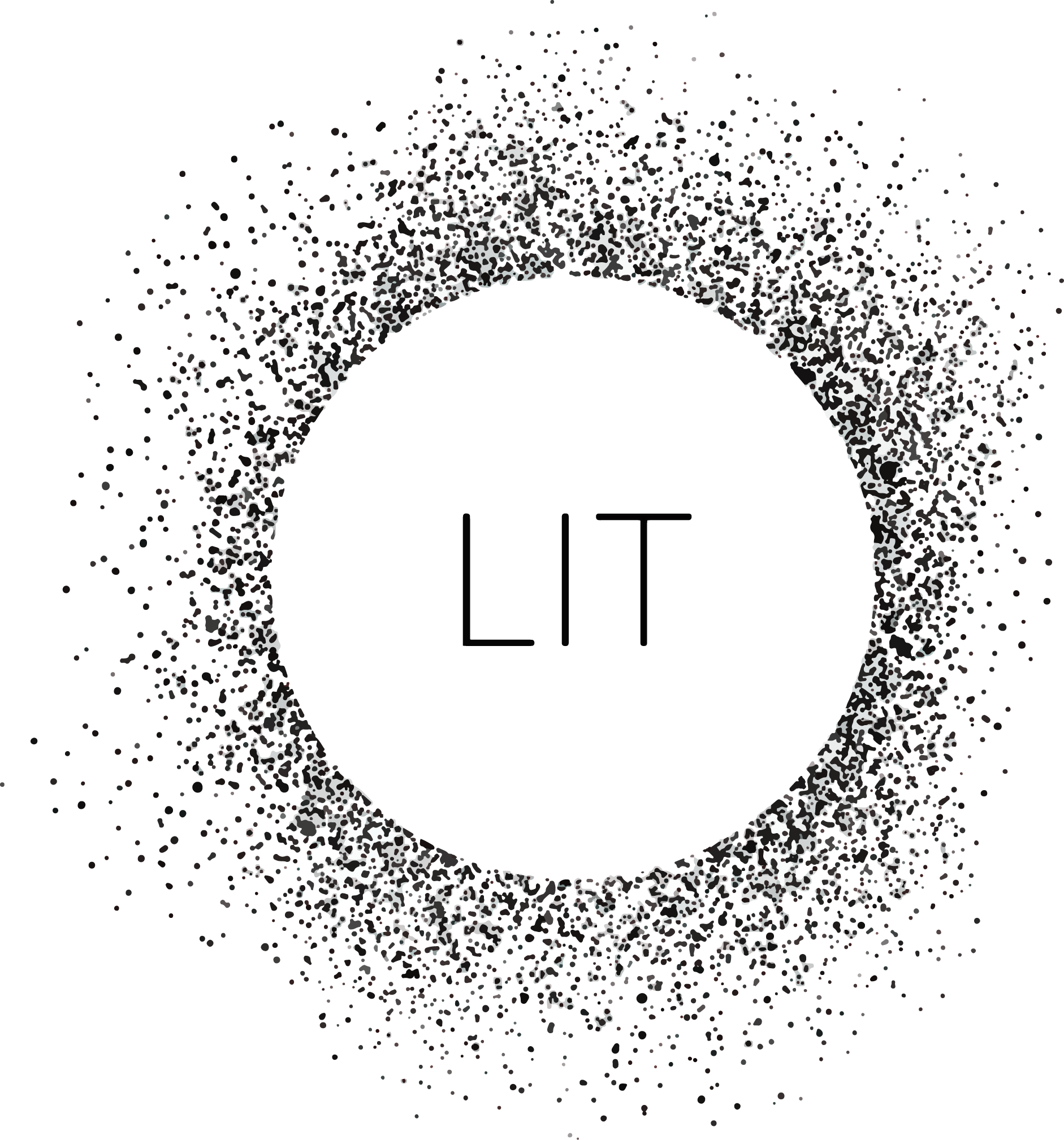
Results from our 3 applications that we have developed for optogenetics. All organic.
Barchitecture is a 3D printing technology based on 2 suspended colonies of E. Coli cells that display on their surface one of the 2 binding partners that form a strong covalent bond: SpyTag or SpyCatcher. By using light in the form of lasers, one ensures that only in the desired location in the cell population covalent bonds will be formed between bacteria. Once a 3D structure is formed, light induces the production of PHB, which accumulates in the form of granules inside cells. Cells then use a type-2 system to secrete the PHB, with the granules being cross-linked into a solid shape by a photoinitiator.
Barchitecture Results
- Designed 4 biobricks and experiments for 2 systems to induce cell adhesion to form 3D upon light exposure
- Performed experiments to test blue-light activation for the transcription of necessary proteins
- Modelled the expression of adhesion proteins on E. Coli cell surface
- Modelled cell adhesion with a cellular automaton for better visualisation
SynBio tissue engineering is a model of what the merging of these two disciplines could look like in the future. Using light active proteins and genes that control cellular behaviour and transfecting these into a single cell we created a guidance system for mammalian tissue engineering. For structure formation we developed a photosensitive form of the common cell adhesion protein E-cadherin. Furthermore, specific gene activation is achieved through a dCas9-TF system that is attached to the plasma membrane via the photocleavable linker PhoCl. After light exposure the system is free to move into the nucleus and activate the gene of interest. Since the cells are forming a 3-dimensional tissue, specificity of the photoactivation is ensured by the usage of a modified multi-photon microscope, using two light-sources to stimulate photosensitive proteins at the intersection of the laser lights.
Tissue engineering Results
- Designed BioBricks and experiments for a photosensitive cell adhesion and a gene activation system in mammalian cells
- Performed experiments to test cell aggregation for pattern formation
- Modelled the activation of genes of interest with a dCas9-TF after photoactivation
Our bacterial bulb uses E. Coli to luminescence only during night time and cyanobacteria to provide nutrients for the bioluminescent bacteria. We incorporate the Lux operon into E. coli and suppress its activity with the EL222 photosensitive protein. We use an existent glucose secretion system for the cyanobacteria (reference).
Bacterial bulb Results
- Designed the bulb with a light-induced transcriptional control of bioluminescence
- Modelled the dimensions necessary for the bulb to accommodate cyanobacteria
- 3D printed a prototype for the bulb after integrating designs from artists


















